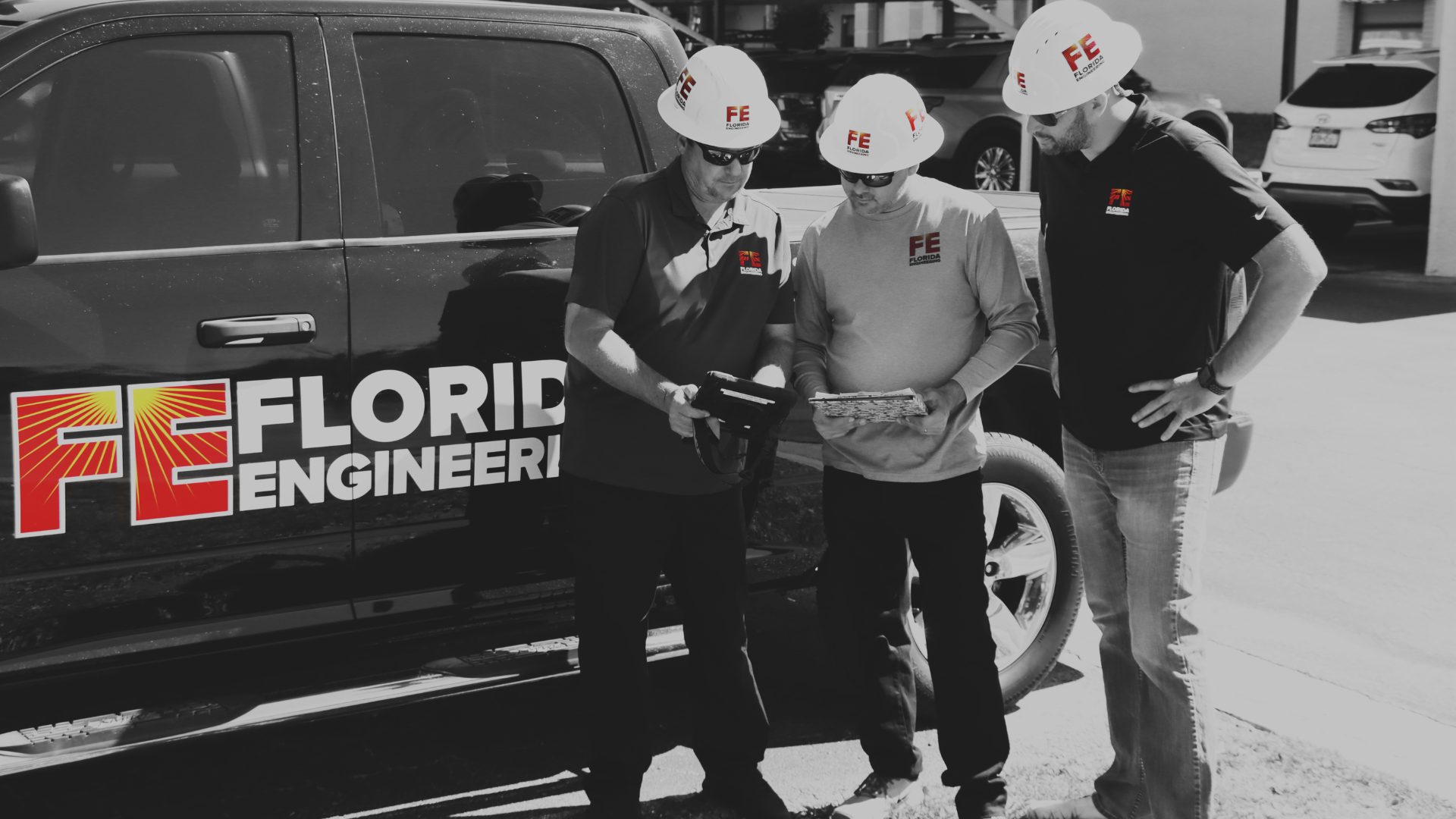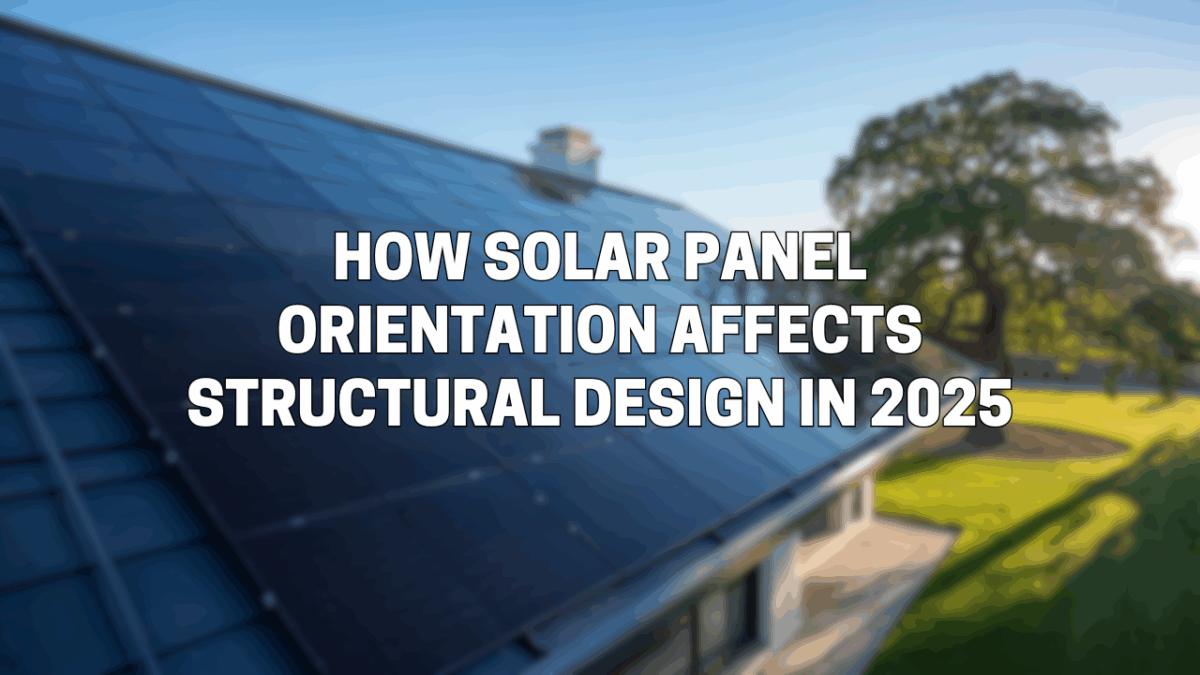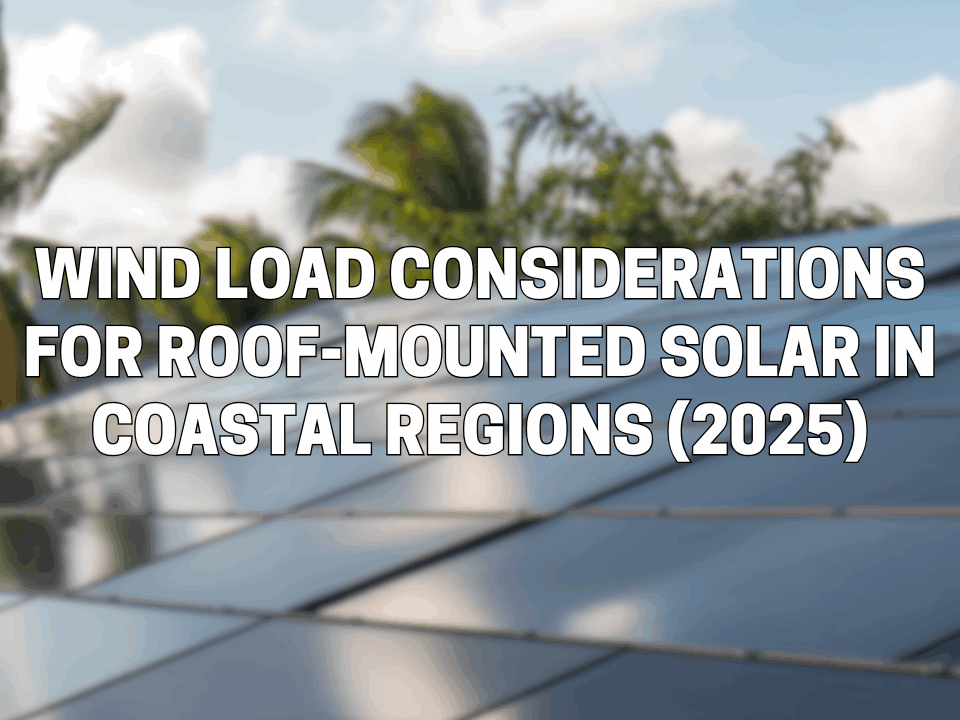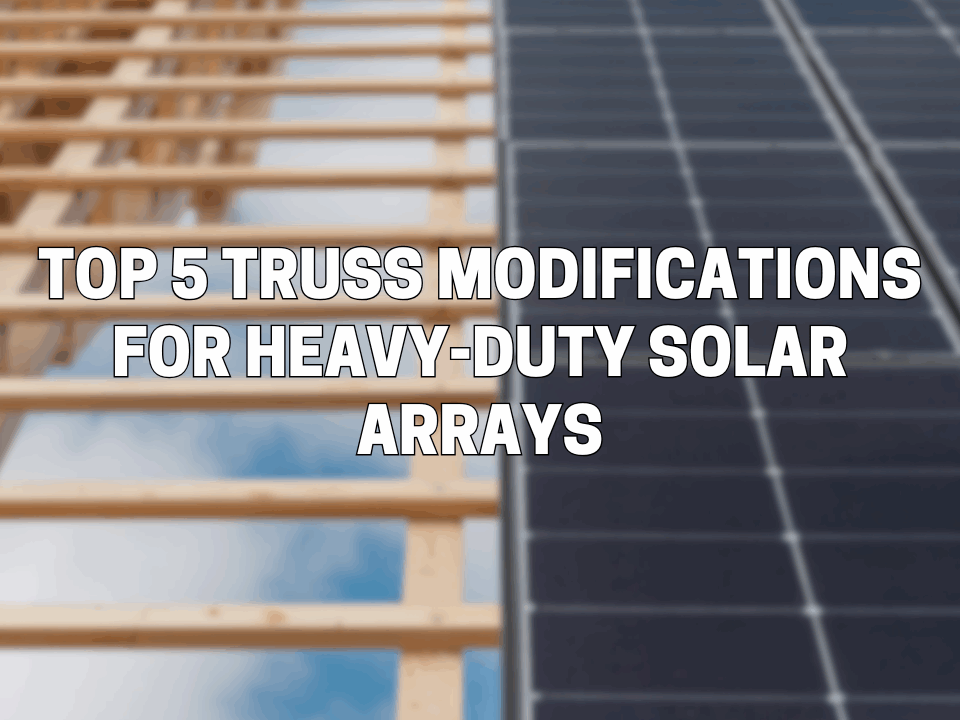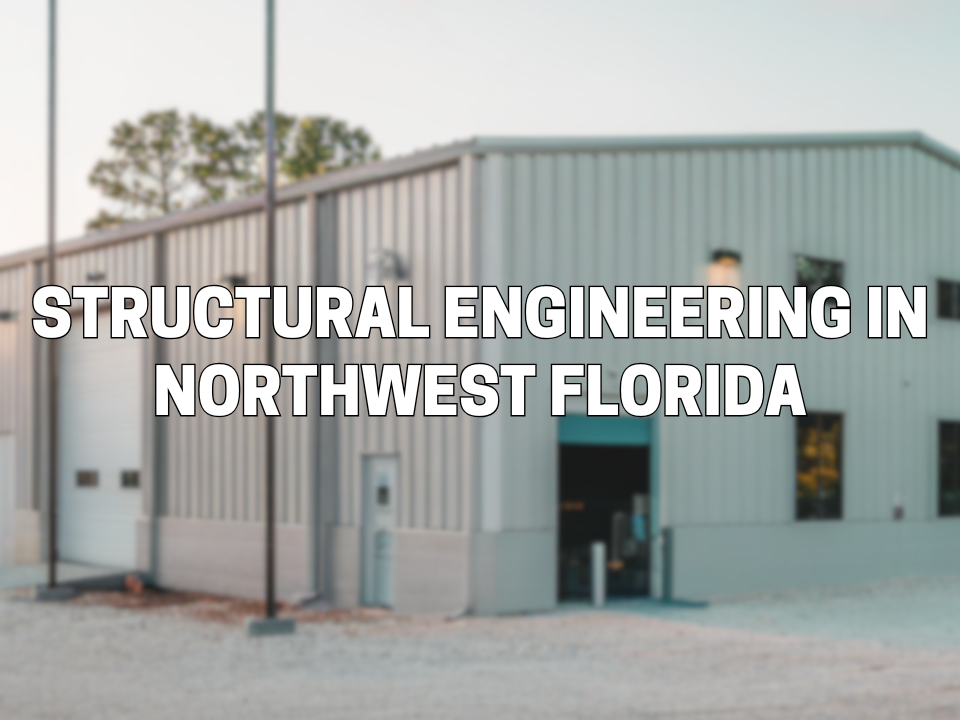Optimizing the angle of solar panels isn’t just about maximizing energy—it’s also about managing structural integrity. Learn how tilt and spacing decisions influence roof loads, racking systems, and engineering costs.
Table of Contents
- Introduction
- The Role of Tilt Angle in Structural Engineering
- Row Spacing and Wind Uplift Interactions
- Correlating Array Geometry with Uplift Coefficients
- Performance vs. Structural Cost: The Trade-Off
- Tools for Integrated PV Design and Structural Analysis
- Expert Insight on Structural Load Considerations
- Conclusion and Next Steps
1. Introduction
As photovoltaic (PV) systems evolve, solar tilt structural load and PV orientation engineering have become pivotal factors in both energy performance and structural safety. The goal is no longer just optimal energy production—it’s optimal performance without overstressing the roof or rack.
2. The Role of Tilt Angle in Structural Engineering
The tilt angle of a solar array directly affects the amount of wind and snow load imposed on a structure. Increasing the tilt improves sun exposure—especially in northern latitudes—but also increases wind uplift, particularly on sloped roofs and open fields.
- Higher tilt = higher wind profile
- Lower tilt = reduced energy in winter but less structural stress
In structural engineering terms, a 30° tilt panel may experience up to 2.5x the uplift force of a 10° tilt under similar conditions, according to recent ASCE 7-22 studies.
3. Row Spacing and Wind Uplift Interactions
Row spacing, meant to reduce inter-row shading, also alters the flow of wind. Tightly packed rows create wind tunnels, increasing turbulence and uplift forces.
- Wider spacing reduces shading but may create isolated turbulence pockets.
- Tighter spacing increases shading and reduces energy but can act like a solid array wall.
Engineering must evaluate the effects on parapets, edge zones, and array perimeter conditions based on spacing.
4. Correlating Array Geometry with Uplift Coefficients
Using computational tools or wind tunnel data, engineers calculate uplift coefficients that vary by tilt and row spacing. These coefficients inform:
- Anchor design
- Load-bearing points
- Rack system reinforcements
For example, a 20° tilt at 1.5 module-height spacing may yield an uplift coefficient (GCp) of -1.1 in edge zones versus -0.9 in center zones, demanding customized anchor placement.
5. Performance vs. Structural Cost: The Trade-Off
Engineering for maximum energy yield often results in higher structural costs due to:
- Stronger racking systems
- Heavier ballast or more anchor points
- Need for reinforced roofing or substructure
Conversely, a flatter array may sacrifice 5–15% in annual yield but significantly reduce installation and maintenance costs due to simpler structural design.
6. Tools for Integrated PV Design and Structural Analysis
Several software platforms enable engineers to model both electrical performance and structural behavior, including:
- Helioscope / PVsyst – for energy modeling
- RISA-3D / ETABS / SAP2000 – for structural simulations
- AutoDesk Revit + Insight – for architectural-structural-PV coordination
- TLC Engineering’s Integrated Uplift Calculator (2024 edition)
The ideal workflow combines PV array layout, structural load calculations, and code compliance in one process.
7. Expert Insight on Structural Load Considerations
“Every 5° of added tilt changes the structural design problem,” says Kashish Vig, PE, a structural engineer specializing in solar retrofits. “Designers must balance aerodynamics with code-driven load cases to make a project viable.”
Structural engineers in wind-prone regions like South Florida often work with Florida Building Code Section 1609 and ASCE 7-22 to model worst-case uplift scenarios and design accordingly.
8. Conclusion and Next Steps
Solar panel orientation is no longer just an energy decision—it’s a structural one. The tilt and spacing of PV arrays affect not only production but also the racking design, anchoring system, and long-term stability of the roof. Optimizing for both performance and structural soundness is essential for any successful installation.
If you’re planning a solar project in Florida, Florida Engineering LLC is your go-to partner for structural analysis and PV design integration. Contact our engineering experts today for a tailored consultation.

